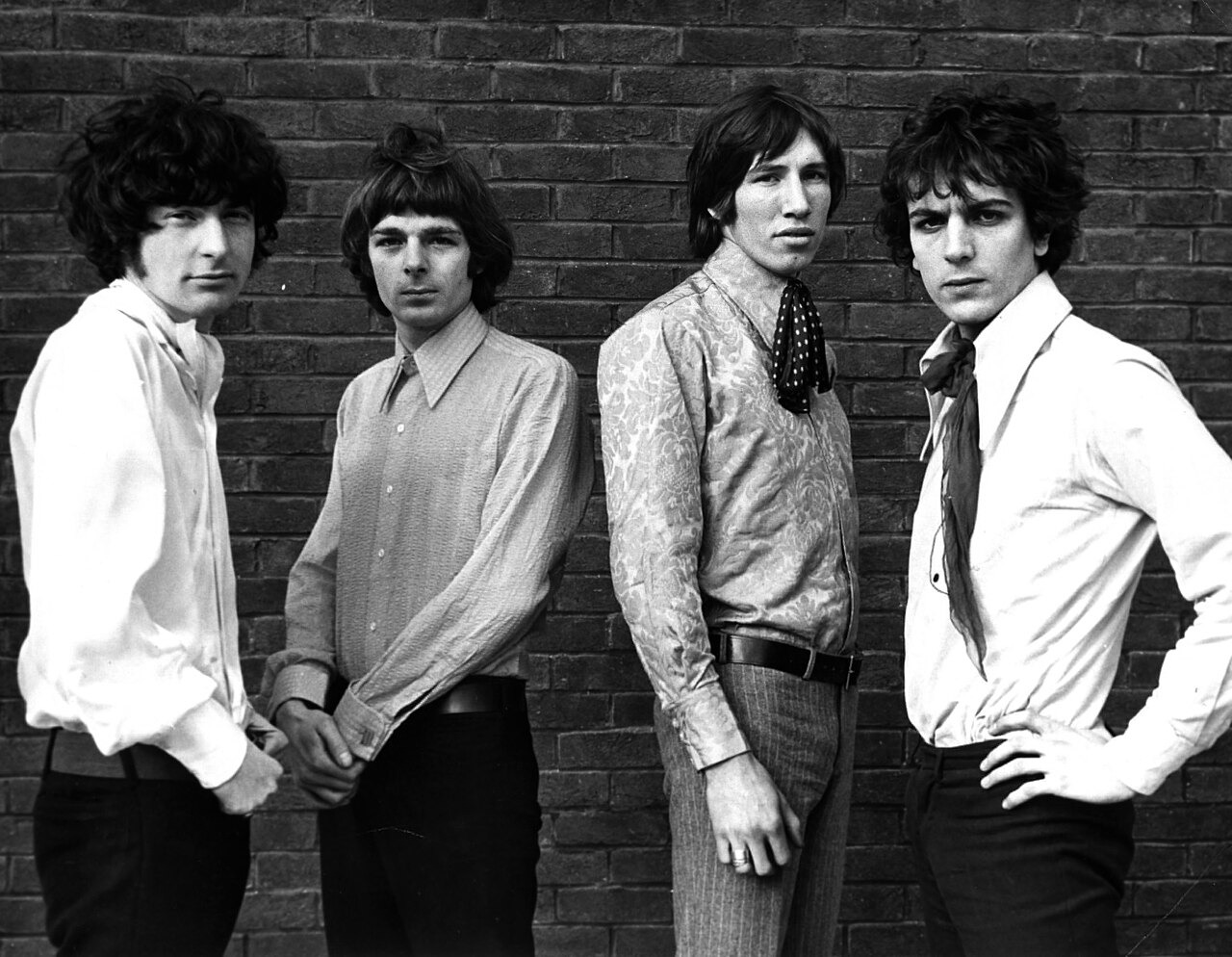
Remember that feeling when a perfect album suddenly derails? That moment when you’re vibing to musical genius and then—BAM—a track so jarring it feels almost personal, as if the artist deliberately planted a skip-worthy bomb just to test your loyalty.
These disruptive tracks reveal the messier truth behind polished personas, showing how even legendary artists sometimes stumble spectacularly in their quest for innovation. Much like ordering a perfect pizza only to discover someone sneaked anchovies on one slice, these songs force listeners to make tough decisions about whether to endure or just hit that skip button.
So grab your headphones and prepare for a guided tour through music’s most notorious album interruptions.
20. Email My Heart by Britney Spears

Before sliding into DMs became standard flirting procedure, Britney Spears captured the awkward dawn of digital romance with “Email My Heart” from her 1999 debut. This ballad stands today as a musical time capsule from an era when digital communication felt revolutionary rather than routine.
The late-90s production wraps around lyrics about checking screens and waiting for electronic declarations of love that now read like unearthed archaeological findings from the digital stone age—charming in their naivety but utterly disconnected from our current reality.
The track’s central problem isn’t just its dated technology references but how it breaks the euphoric bubble-gum spell cast by the rest of the album. While the majority of “…Baby One More Time” pulses with teen energy and slick Max Martin production, “Email My Heart” lands like a mandatory school assembly interrupting prom night.
19. Hey Foxy Mop Handle Mama, That’s Me by Pearl Jam

Pearl Jam’s “Hey Foxy Mop Handle Mama, That’s Me” from 1994’s Vitalogy stands as grunge’s equivalent of an experimental art film spliced into a summer blockbuster. Running nearly 8 minutes, this sound collage incorporates psychiatric patient recordings with ambient noise to create something that feels less like music and more like accidentally tuning into a frequency you weren’t meant to hear.
The track lurks on Vitalogy like that one friend who turns philosophical discussions about life into uncomfortable monologues about conspiracy theories.
What makes this track particularly disruptive is how it shatters the raw authenticity Pearl Jam cultivated elsewhere on the album. While fans could relate to Eddie Vedder’s impassioned vocals on anthems like “Better Man,” this experimental detour leaves most listeners checking their devices to ensure nothing’s malfunctioning.
18. Endless, Nameless by Nirvana

Hidden at the end of Nevermind like a post-credits scene gone wrong, “Endless, Nameless” delivers seven minutes of pure sonic destruction that feels like watching Nirvana deliberately set fire to their mainstream breakthrough.
After crafting perfectly structured anthems that married punk ethics with pop hooks, Kurt Cobain and company unleash a wall of feedback and instrumental chaos that serves as the musical equivalent of flipping the table after winning a chess match.
The mythology surrounding this track—how Nirvana often closed shows with it while destroying their instruments—almost rescues it from irrelevance. Without this contextual backdrop, the track offers little beyond noise and fury. For those experiencing Nevermind fresh, consider ending your journey with “Something in the Way” and saving this hidden track for when you’re ready to explore the band’s rawer impulses.
17. All By Myself by Green Day
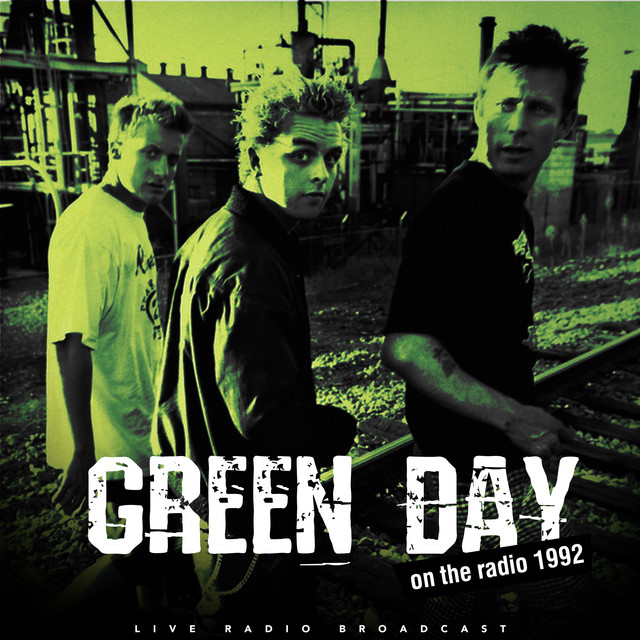
Dookie’s perfect punk-pop parade comes to a screeching halt with “All By Myself,” a hidden track where drummer Tré Cool hijacks the microphone for an acoustic ode to self-pleasure that feels about as welcome as someone discussing their bathroom habits at a dinner party.
The deliberately amateurish vocal delivery and juvenile lyrics create a tonal whiplash that undermines the album’s otherwise coherent blend of attitude and melody.
The track reveals the thin line between charmingly immature and just plain immature that Green Day often walked during their early career. While Dookie captured teen angst with surprisingly universal appeal, this hidden addition feels like finding your little brother’s secret journal—embarrassing for everyone involved and impossible to unhear.
New listeners approaching this generation-defining album should understand this track as the musical equivalent of a blooper reel—not essential to the story but indicative of the band’s unfiltered personality that would eventually mature into more polished political statements.
16. Wild Honey Pie by The Beatles
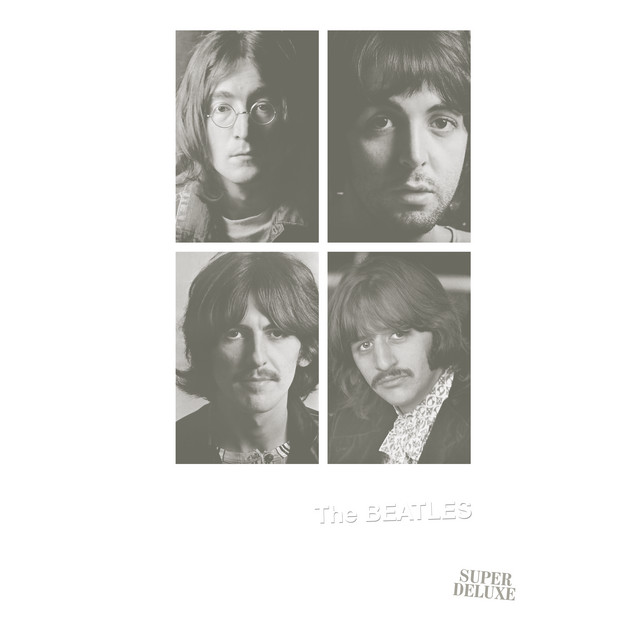
At just 52 seconds, “Wild Honey Pie” manages to feel simultaneously too long and too short on The White Album—like an awkward elevator ride with a stranger who decides to improvise a strange song while maintaining intense eye contact. Paul McCartney’s experimental miniature stands as a prime example of what happens when musical geniuses receive unlimited studio time and zero editorial oversight.
The track’s brevity suggests even The Beatles recognized its limited appeal, yet they included it anyway—a flex only the world’s biggest band could make in 1968. This musical hiccup demonstrates how studio experimentation sometimes yields fascinating failures rather than innovations.
For modern listeners, this track serves as a historical footnote showing that even the Fab Four occasionally produced head-scratchers between crafting musical landmarks.
15. Jazz Police by Leonard Cohen
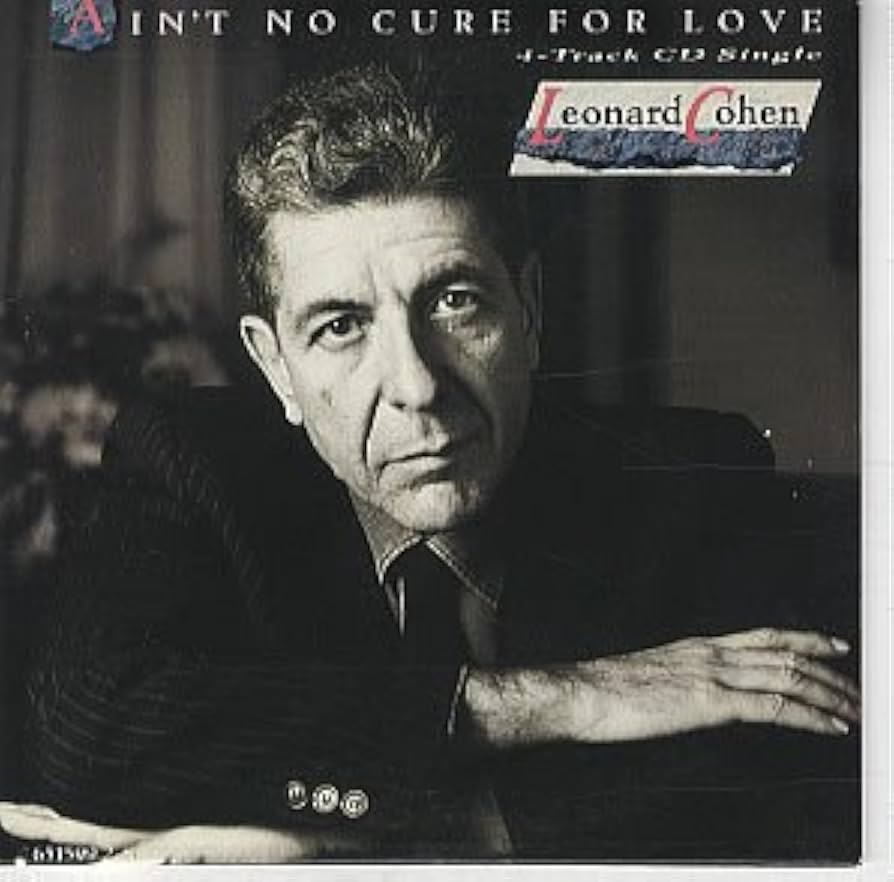
Leonard Cohen, the deep-voiced poet laureate of musical melancholy, takes an unexpected detour into absurdist territory with “Jazz Police” from 1988’s I’m Your Man. This synth-heavy oddity about an imaginary police force targeting jazz musicians stands out like a circus clown at a funeral among Cohen’s otherwise contemplative songs.
The contrast between Cohen’s serious reputation and this quirky track creates cognitive dissonance similar to discovering your stern literature professor moonlights as a stand-up comedian.
The track’s unpleasant chord progressions and jarring tonal shift interrupt the album’s emotional flow, leaving listeners wondering if they accidentally switched records mid-session. While the concept shows Cohen’s range and willingness to embrace humor, the execution lacks the precision that makes his more serious work so affecting.
For Cohen newcomers, this track serves as a reminder that even the most profound artists occasionally take deliberate detours into lighter territory—though not always successfully, much like an award-winning director attempting slapstick comedy with mixed results.
14. What’s Your Phone Number by Tupac

On “What’s Your Phone Number,” Tupac wrestles with a sample so complex it feels like trying to rap while riding a mechanical bull. Featured on 1996’s landmark All Eyez On Me, the track builds upon The Time’s notoriously intricate “777-9311” with doubled and tripled hi-hats creating a rhythmic obstacle course that even Tupac’s formidable flow struggles to navigate.
The busy production and three-minute phone call narrative showcase how sometimes technical ambition overrides musical cohesion. The track demonstrates how sampling choices can make or break a song regardless of the artist’s talent. While the individual elements display technical prowess, together they create a chaotic soundscape that fights against rather than supports Tupac’s performance.
This rare misstep on an otherwise groundbreaking double album serves as a reminder that even hip-hop legends occasionally lose the battle between musical complexity and accessibility—similar to a master chef adding too many competing flavors to an otherwise perfect dish.
13. Meat Is Murder by The Smiths

The Smiths’ “Meat Is Murder” opens with mooing cows and closes with most listeners reaching for the skip button. This 1985 title track blends Morrissey’s animal rights advocacy with a monotonous instrumental backdrop that somehow makes six minutes feel like twenty. The heavy-handed lyrics oversimplify complex ethical questions while the dreary arrangement fails to elevate the message beyond blunt propaganda.
What makes this track particularly frustrating is how it undermines its own worthy cause through clumsy execution. Even listeners sympathetic to animal rights might find themselves alienated by the preachy tone and emotional manipulation. The song demonstrates how even well-intentioned messages falter when artistic subtlety gets sacrificed at the altar of moral certainty.
For those discovering The Smiths’ catalog, this track represents their activist inclinations without the nuanced songwriting that characterizes their best work—like watching a sophisticated filmmaker resort to hitting viewers over the head with their message rather than trusting audience intelligence.
12. Mamacita by Outkast

Outkast’s “Mamacita” from the otherwise brilliant Aquemini demonstrates how repetition becomes torture when wielded without purpose. The track’s call-and-response hook repeats five excruciating times, transforming from merely annoying to psychologically weaponized by the final iteration.
This rhythmic waterboarding feels particularly disappointing coming from André 3000 and Big Boi, two artists who typically display masterful understanding of how to build captivating sonic landscapes.
Hip-hop historians point to this track as an anomaly in Outkast’s otherwise groundbreaking southern rap catalog. For listeners approaching Aquemini for the first time, this speed bump requires endurance but sits surrounded by innovative classics that redefined what hip-hop could accomplish. Consider it the musical equivalent of finding one bizarre chapter in an otherwise perfect novel.
11. My World by Guns N’ Roses
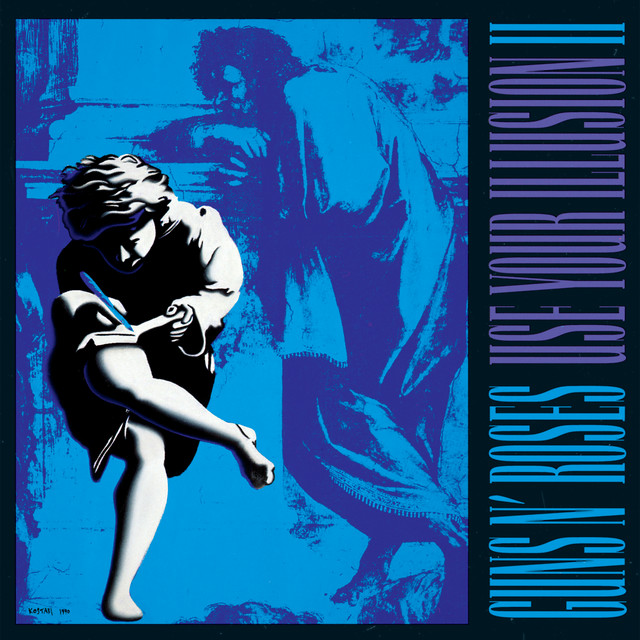
When future generations unearth “My World” from Use Your Illusion II, they’ll wonder if Axl Rose was playing an elaborate prank on his own fanbase. This 1991 industrial metal experiment reportedly emerged from a three-hour mushroom-fueled recording session, and it shows—featuring distorted vocals, nonsensical lyrics, and production choices that sound like someone randomly pushing buttons in the studio.
The song’s placement as the album’s conclusion leaves listeners with a bewildering final impression, similar to a prestigious restaurant serving diners a dessert made of rubber and calling it avant-garde. Music critics consistently rate this track poorly, viewing it as a testament to unchecked artistic indulgence rather than boundary-pushing creativity.
Despite this spectacular misfire, Use Your Illusion II contains numerous rock classics that maintain their power decades later, making this final track all the more puzzling—like finding a plastic toy at the bottom of an otherwise gourmet meal.
10. Big Man With A Gun by Nine Inch Nails

Nine Inch Nails’ “Big Man With A Gun” packs more controversy into 1:36 than most artists manage across entire careers. This compact explosion from 1994’s The Downward Spiral satirizes gun culture and toxic masculinity through deliberately provocative lyrics and abrasive production.
The problem? Many listeners miss the satire entirely, interpreting the song as promoting rather than critiquing violence—similar to how some viewers thought “Fight Club” was actually advocating for underground boxing clubs rather than criticizing toxic masculinity.
Trent Reznor’s creative brilliance sometimes outpaces audience comprehension, resulting in a track that fits conceptually within the album’s narrative of self-destruction but creates practical problems through its extreme approach.
For new Nine Inch Nails listeners, recognizing this track’s place in the album’s broader themes helps contextualize its aggressive stance—though it remains a difficult listen that tests the boundaries between artistic freedom and responsible messaging. For a look at melodies once despised but now cherished, revisit these hated songs that are now loved.
9. Mother by The Police
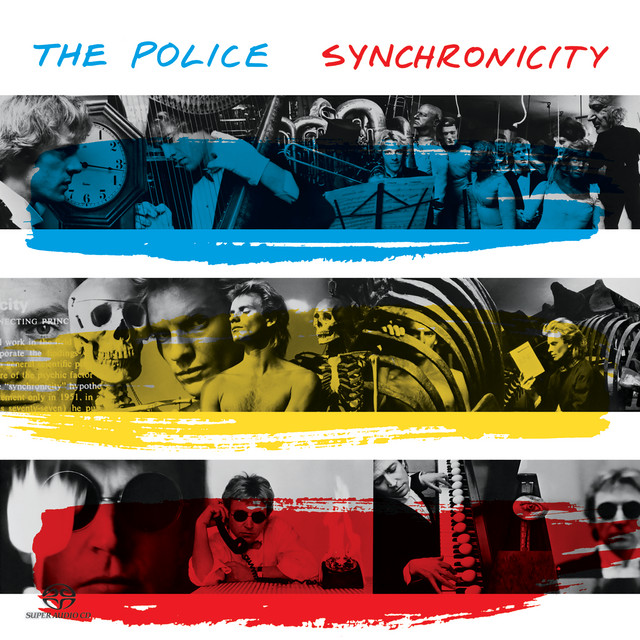
“Mother” crashes through Synchronicity like an uninvited guest bringing accordion karaoke to a sophisticated dinner party. This 1983 Andy Summers composition stands in stark contrast to Sting’s meticulously crafted pop songs that dominate the rest of the album.
The frantic guitar rhythms and unusual time signatures create a disorienting experience that interrupts the album’s otherwise cohesive exploration of psychology and human connection.
This jarring stylistic departure highlights what happens when bandmates pursue different creative visions within a single project. The resulting tonal whiplash forces listeners to either endure the awkward detour or reach for the skip button, hoping to quickly return to more accessible territory.
Music historians sometimes point to this track as an early warning sign of the creative tensions that would eventually fracture The Police—like noticing the first visible crack in a relationship that later ends in dramatic fashion. For those experiencing Synchronicity today, understanding this song as an outlier helps appreciate the album’s otherwise impressive balance of commercial appeal and artistic ambition.
8. Family Tree by Megadeth

Megadeth’s “Family Tree” from 1994’s Youthanasia demonstrates how even metal legends stumble when addressing deeply sensitive topics without sufficient nuance. Dave Mustaine attempts to confront incest and family trauma but delivers blunt lyrics over uninspired instrumentation that creates tonal dissonance rather than meaningful commentary.
The track’s guitar solo and overall composition feel phoned in compared to Megadeth’s typically meticulous standards, suggesting a disconnect between ambition and execution. This song highlights the challenges artists face when addressing traumatic subjects, proving that good intentions cannot salvage poor implementation.
For metal fans exploring Megadeth’s extensive catalog, this track serves as a reminder that even technically proficient musicians sometimes fail to translate difficult emotional terrain into compelling music—similar to watching a skilled actor miscast in a role that requires different strengths than they possess.
7. No Friend by Paramore
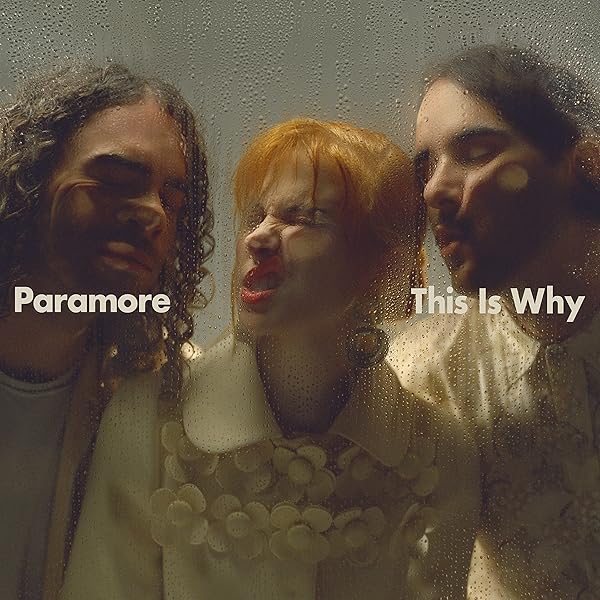
On 2017’s After Laughter, Paramore drops “No Friend” like an abstract art installation in the middle of a pop gallery. Featuring mewithoutYou’s Aaron Weiss on vocals over disjointed electronic instrumentation, the track represents Paramore’s experiment with avant-garde techniques that sharply diverge from their established sound. This sonic detour appears near the album’s conclusion, disrupting the carefully crafted pop-rock atmosphere established throughout the previous songs.
While artistic experimentation often leads to evolution, this particular attempt alienates many listeners by prioritizing experimental elements over cohesion and accessibility. The track demonstrates Paramore’s willingness to take risks, even when those risks might not connect with their audience—similar to a popular author suddenly publishing an experimental novel written entirely in reverse chronology.
6. Cancer by Filter
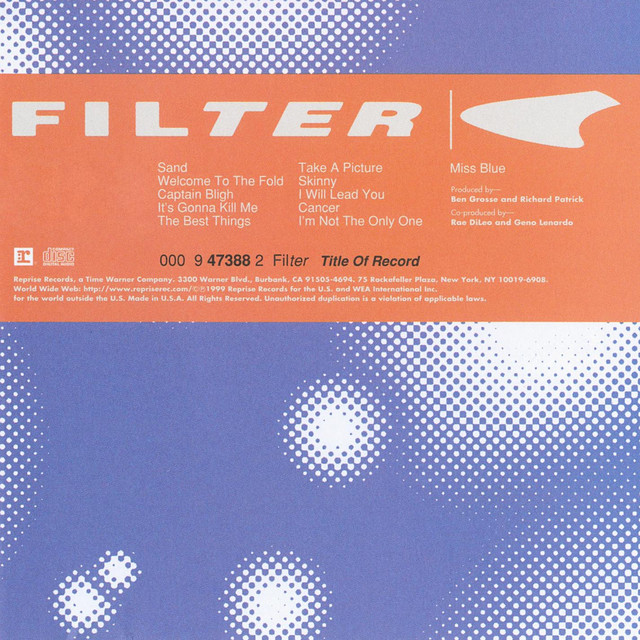
Filter’s “Cancer” from Title of Record delivers emotional intensity at such extreme levels it becomes almost uncomfortable to witness—like accidentally walking in on someone’s therapy session. The track features guest vocals from D’arcy Wretzky of The Smashing Pumpkins, adding an interesting dimension to Filter’s industrial rock sound.
Despite these promising elements, many listeners find the song’s self-loathing sentiment excessive compared to the album’s other tracks. Music critics acknowledge Filter’s talent while noting that “Cancer” prompts discomfort rather than engagement for many listeners.
The track demonstrates how tonal shifts within an album can sometimes miss their mark despite solid musical foundations and interesting collaborations. For those exploring Filter’s catalog, this song represents their willingness to explore emotional vulnerability, though execution doesn’t always match ambition.
The track deserves at least one listen to appreciate its place in late ’90s alternative rock’s emotional landscape—like viewing an overly intense painting that you can admire technically while being glad it doesn’t hang in your living room.
5. Kid A by Radiohead
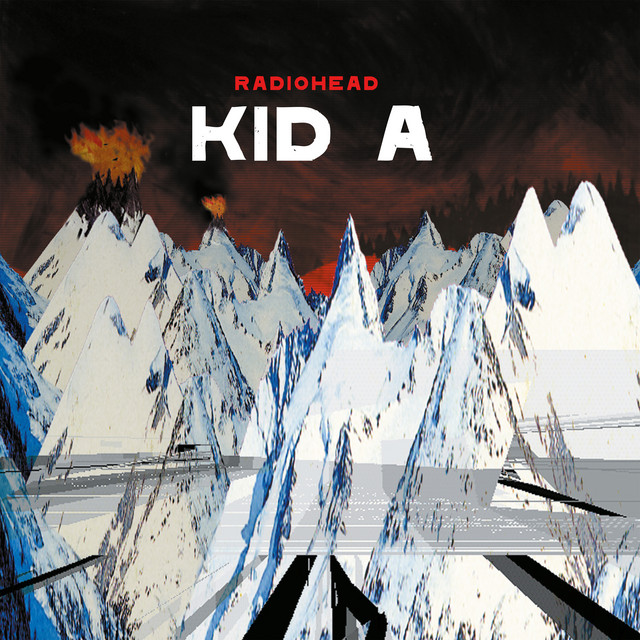
The title track from Radiohead’s 2000 album Kid A divides fans like a controversial political post on social media. Featuring heavily processed vocals and minimalist electronic instrumentation, the song spends extensive time establishing atmosphere without developing sufficient musical direction to justify its length.
The robotic vocals and repetitive structure create a sensation similar to being trapped in a musical loading screen—waiting for something to happen that never quite arrives. Despite these criticisms, the track represents Radiohead’s pivotal evolution beyond conventional rock structures following their guitar-driven 1990s success.
Music historians recognize this album as the moment when Radiohead transformed from alternative rock darlings into experimental sound architects. For listeners approaching Kid A for the first time, understanding this track’s role in the band’s artistic development helps contextualize its challenging approach—like watching the transitional film that bridges a director’s commercial phase with their later experimental period.
4. La La Love You by Pixies
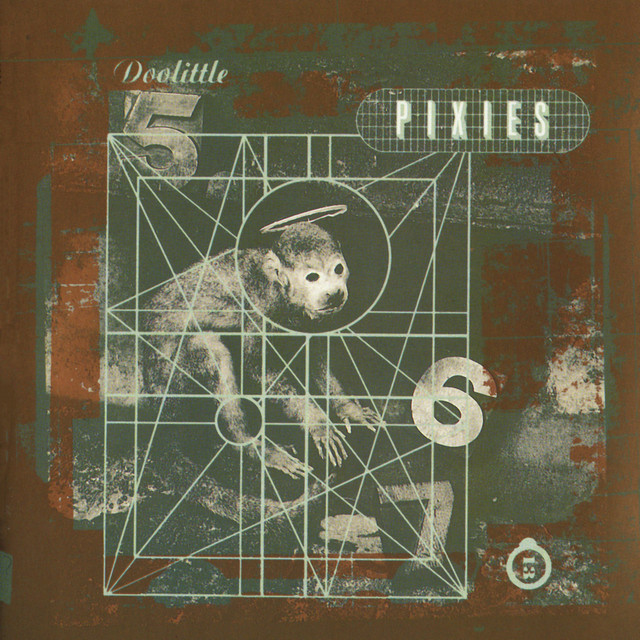
“La La Love You” disrupts Doolittle’s intense atmosphere like someone telling dad jokes at a horror movie. Drummer David Lovering takes over vocal duties on this 1989 track, creating a distinctly different sound compared to Black Francis’s usual delivery. The song attempts to parody love songs and inject humor into an otherwise intense album, but many fans find that its silliness undermines the musical cohesion of a near-perfect record.
This intentional departure showcases the Pixies’ willingness to subvert expectations, though the results haven’t aged as well as their more groundbreaking material. For those experiencing Doolittle today, recognizing this track as a deliberate tonal shift helps appreciate the band’s artistic playfulness, even if the execution feels jarring against the album’s darker themes.
Consider it the musical equivalent of a serious novel suddenly switching to slapstick comedy for one chapter before returning to its profound narrative—interesting as an artistic choice, but potentially disruptive to the overall experience.
3. Revolution 9 by The Beatles

“Revolution 9” remains the ultimate test of fan dedication—eight minutes of experimental sound collage that separates casual Beatles listeners from committed audiophiles faster than asking people to name Ringo’s drum parts.
This avant-garde experiment from 1968’s The White Album abandons conventional songwriting entirely in favor of tape loops, found sounds, and abstract audio manipulation that would feel more at home in a 1960s art installation than on a pop album.
Music historians recognize its significance as an early mainstream example of sound collage techniques, representing The Beatles’ interest in avant-garde art forms during the late 1960s counterculture. For those approaching The White Album today, this track provides insight into the band’s artistic ambitions beyond commercial pop, though its extreme nature makes it one of the most frequently skipped tracks in their catalog.
Consider it the musical equivalent of finding a complicated experimental recipe in the middle of a beloved cookbook—interesting to contemplate but rarely something you actually want to experience more than once.
2. We Will Fall by The Stooges
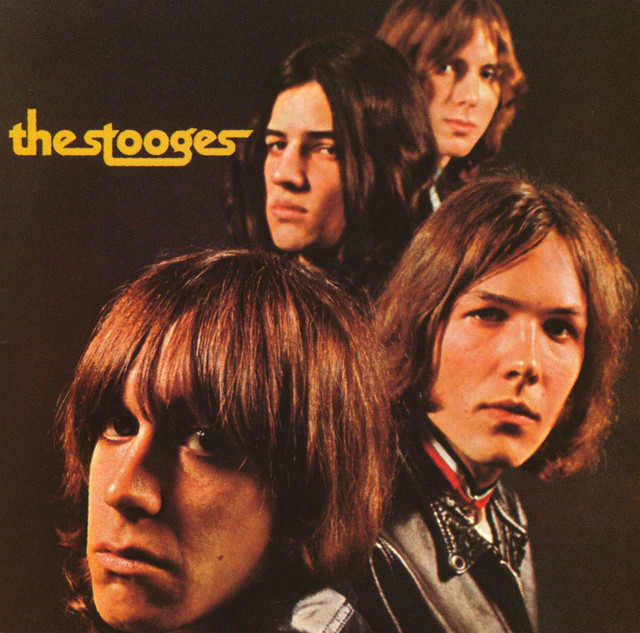
The Stooges’ “We Will Fall” lands on their 1969 debut album like a meditation retreat in the middle of a mosh pit. This droning 10-minute experimental piece interrupts the raw proto-punk energy established by tracks like “I Wanna Be Your Dog” and “No Fun,” creating a momentum-killing detour into psychedelic territory.
The monotonous structure stands in stark contrast to the album’s otherwise electrifying approach, testing listener patience rather than rewarding it. This early exploration shows the band experimenting with different sounds before fully embracing the aggressive approach that would eventually help define punk rock.
Music scholars value this track for documenting The Stooges’ diverse influences, though most listeners prefer the more direct, high-energy material that proved revolutionary. This inclusion illustrates how bands sometimes incorporate experimental material that contradicts their strengths, particularly early in their careers—similar to watching an action star’s awkward attempt at romantic comedy before they found their true calling.
1. Fitter Happier by Radiohead
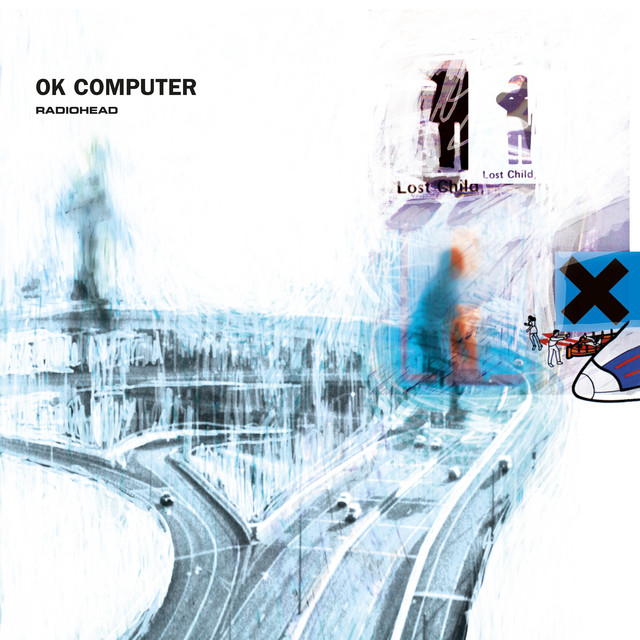
“Fitter Happier” interrupts OK Computer like a public service announcement breaking into your favorite TV show. This 1997 spoken-word interlude features a computer-generated voice reading modern anxieties and lifestyle platitudes over minimal instrumentation, creating a deliberately sterile and unsettling atmosphere. While frequently skipped by casual listeners seeking more traditional songs, the track serves as the conceptual centerpiece of Radiohead’s landmark album about technology and alienation.
Music critics recognize its artistic merit while acknowledging its limited appeal as a standalone listening experience. The track functions as Radiohead’s direct commentary on modern dehumanization—the album’s thesis statement delivered in its most literal form. For those approaching OK Computer today, this piece provides crucial context for understanding Radiohead’s concerns about technology and conformity, even as it challenges conventional expectations about what constitutes a “song.”
Consider it the musical equivalent of a thought-provoking but uncomfortable art installation placed in the center of an otherwise accessible museum—challenging but integral to the complete experience. For more on this phenomenon, discover these classic songs that were banned from radio but ultimately became legendary.









